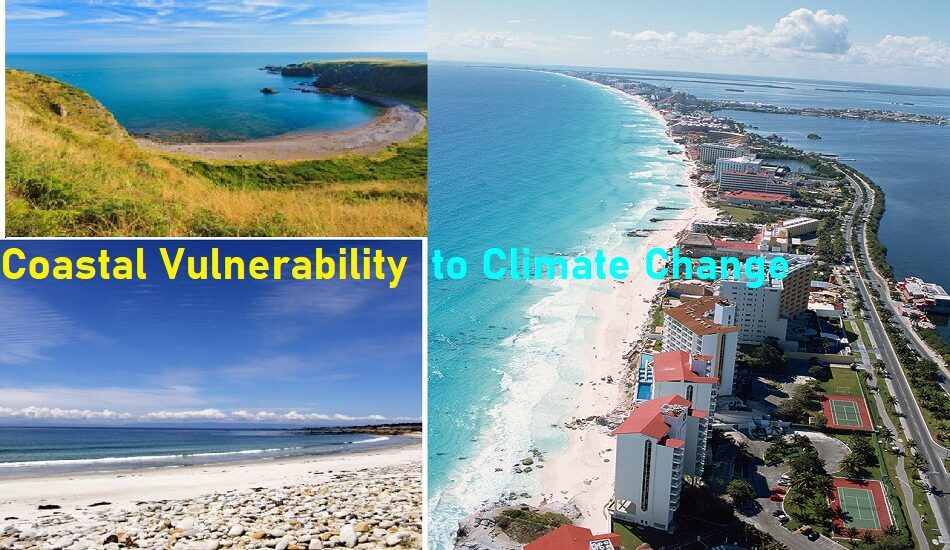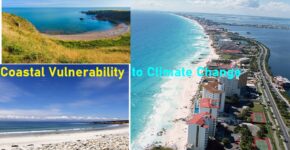Climate change is global phenomena, which impacting humanity form multi-dimensional way. The sea level rise is currently one of the most important climate change pressures along the coastal belt across the globe before the humanity. Recent reports and analysis says that, it is expected to continue rising and possibly accelerate during this century due to the increase in the average global surface temperature, and contributions from changes in ice sheet dynamics. The data analyzed by Intergovernmental Panel on Climate Change Fourth Assessment Report (IPCC AR4) that the sea level is projected to rise between the present (1980 to 1999) and the end of the 21st century (2090 to 2099) under the six SRES scenarios1 by between 18 and 59 centimeters.
The global mean sea-level rise scenarios or pathways are based on thermal expansion and ice melt at poles and Himalayan range, excluding possible rapid changes in ice flow and melting from Greenland and Antarctica. However, recently observed and accelerated ice flow and melting process in Greenland outlet glaciers and Antarctic ice streams suggested that contribution from the ice sheets to rates of global sea-level rise could substantially increase in near future.
There are many other climate driven effects along the coastal zones besides sea-level rise such as the change in the frequency, intensity and spatial patterns of coastal storms, changes in wave climate both regarding the average direction and intensity of the transported energy and changes in precipitation.
These changes will be particularly relevant for low-lying coastal areas are mega cities resides along the coastal belt which are prone to coastal, river and/or pluvial flooding. The other climatic changes that could have significant consequences for coastal zones, such as changes in wind direction and intensity, remain highly uncertain.
Now the Coastal vulnerability assessments need to be at center stage of climate research. Coastal Vulnerability due to climate change are mainly centered on absolute or preferably relative sea-level rise and less focused on other climate change dimensions and even less on non-climatic environmental and socio-economic changes.
Indeed, coastal zones suffer great pressures from direct and indirect effects resulting from several human-induced drivers linked to population, economic growth, and related land-use changes. The effects on coastal zones may induce a wide variety of socio-economic impacts at global scale such as, increased loss of property and coastal habitats, increased flood risk and potential loss of life, damage to coastal protection works and other infrastructure, loss of renewable and subsistence resources, loss of tourism, recreation, and transportation functions, loss of non-monetary cultural resources and values and impacts on agriculture and aquaculture through decline in soil and water quality.
What matters most is not the global-mean sea level rise but the locally observed and relative sea level change. Which considers regional sea level variations and vertical movements of the land. Hence a major source of uncertainty is how sea level rise will manifest itself at regional scales.
Opinion and Edited by Dr. Brijendra Kumar Mishra (DRR Expert)






Nice